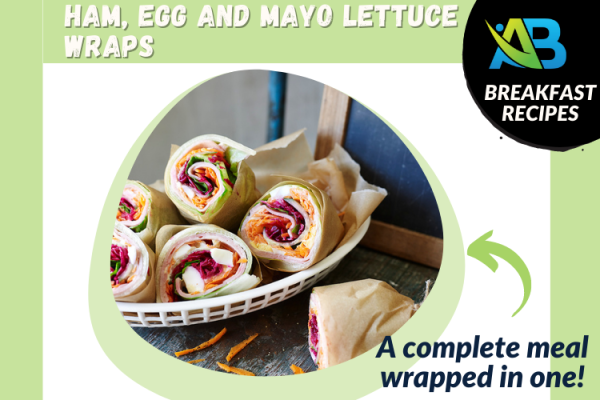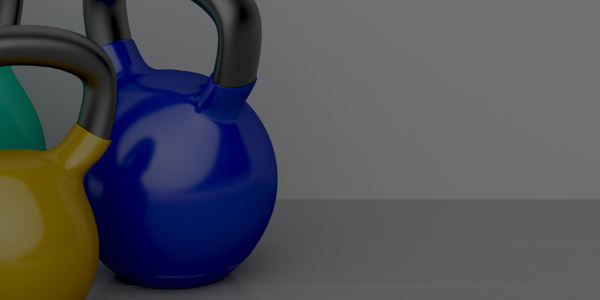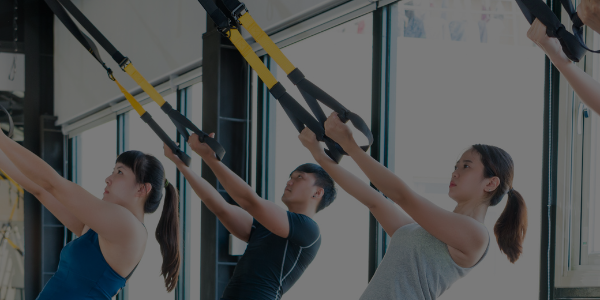The glute muscles are located in your butt, with the gluteus maximus giving shape to this area of the body. The eight other glute muscles are located underneath the gluteus maximus, connecting the hip bone to the femur (thigh bone) and to the base of the spine at the coccyx and sacrum.
The glutes biggest job is in keeping us upright and pushing our bodies forward. “Strong glutes are important for proper pelvic alignment, propulsion during walking and running, and even standing on one leg. The glutes also help support the lower back during lifting, and help prevent knee injuries.”
Below are the top 5 Glutes Exercises
- Conventional Deadlift
This is one of the most popular exercises around, and rightfully so. It challenges the muscles around the hip, knee, and ankle. It also taxes the muscles surrounding your wrist, elbow, and shoulder to hold the barbell, but those joints do not contribute directly to the range of motion.
Benefits of the Conventional Deadlift
Builds serious full-body strength.
Increases leg, back, and grip strength with one exercise.
Challenge muscles around the hip more than other deadlift variations.
2. Back Squat
The back squat is a compound exercise that challenges every muscle in the legs, especially the glutes. Its primary use in training is to challenge hip extension, driving the lower body up from the bottom position and placing a high amount of tension on the glutes. The back squat leads to strength and muscle gain and reinforces other exercises like the deadlift, split squat, and lunge.
Benefits of the Back Squat
- The back squat allows for more loading compared to many other glute-focused movements.
- The back squat recruits the core and strengthens your postural muscles.
- This exercise challenges the glutes in their fully stretched position, making it a no-brainer for growing your backside.
3. Barbell Glute Bridge
This exercise is very effective at loading the glutes in their shortened position, without the need to load the spine. What separates the glute bridge from the hip thrust is the range of motion. The glute bridge utilizes a shorter range of motion, allowing for more bias and muscular tension to be placed on the glutes over other muscles of the posterior chain such as the hamstrings, quads, and spinal erectors.
Benefits of the Barbell Glute Bridge
- You can directly target your glutes, more so than any other exercise, which will carry over to other exercises that require glute strength.
- The shorter range of motion of this variation allows for more focus to be placed on the glutes over other lower body muscles.
- You’re able to place high amounts of focus on the glutes without loading the spine, protecting your low back, and increasing the stimulus placed on the glutes.
4. Belt Squats
This unique squat variation uses a machine to help load the lower body, without the need to place more load on the low back and spine. It’s popular across all levels of fitness, including among bodybuilders, powerlifters, and weightlifters for building muscle and strength in the quads and glutes. The positioning of this squat movement allows for a more vertical spine, taking some of the load off the low back, and increased training volume without more wear and tear.
Benefits of the Belt Squat
- The belt squat allows for a more upright torso position, taking the strain off the low back.
- This exercise prioritizes hip extension, helping build muscle and strength in the glutes.
- It doesn’t require as much core stability, which means it can be used as a part of a bigger superset combination without a high risk of injury.
5. Walking Lunge
The walking lunge is a great variation to employ because the step adds a level of focus on balance and coordination, so athletes will often use this exercise as a dynamic lower body training option to train the muscles of the posterior chain. Alongside its myriad of benefits for balance and coordination, it challenges the glutes through a large and dynamic range of motion, making it a go-to glute builder.
Benefits of the Walking Lunge
- It can be effective using bodyweight only, making it beginner-friendly.
- It’s easy to program and effective by itself, or as a part of a larger superset combination.
- Advanced lifters can load up this lunge variation using a variety of free weights: dumbbells, kettlebells, barbells, sandbags, or a safety squat bar.
Find this article helpful? Read more of our blogs here!








